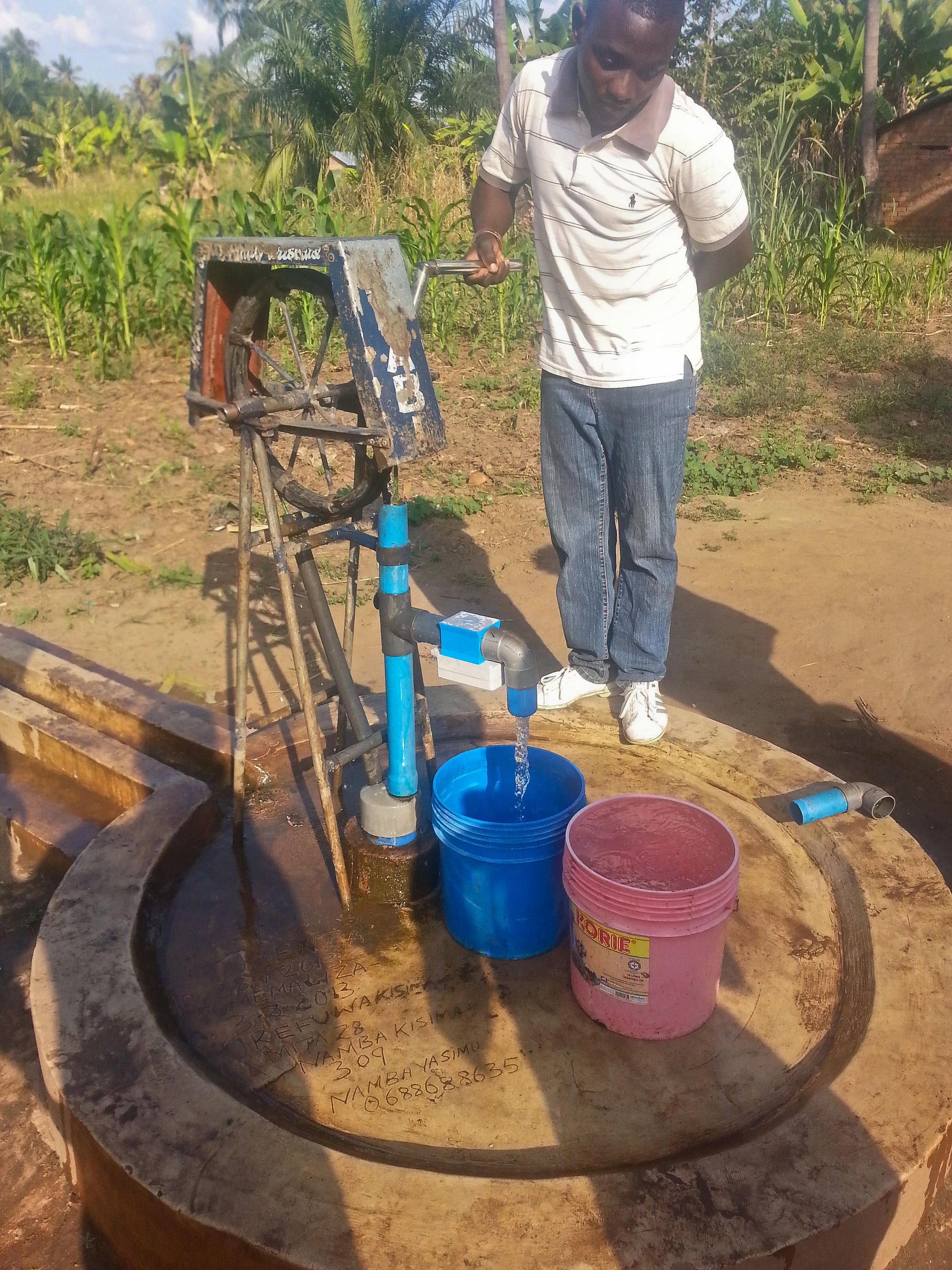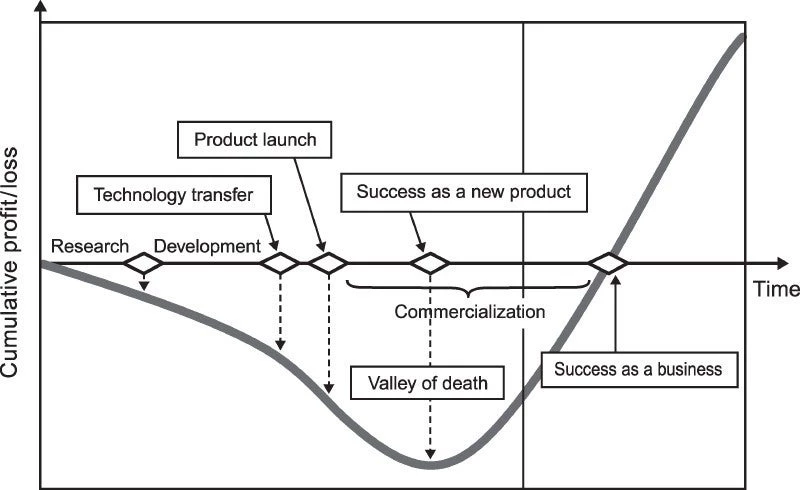
Photo credit: WellDone
In December 2013, I was excited to receive funding through an Innovation Challenge Award to pilot water flow sensors in rural Tanzania, where the sustainability of rural water supply is a major development challenge. Approximately 38% of rural water points are not functioning properly. The sensor we wanted to develop would remotely monitor flow, making it easier to deliver operational information to the Ministry of Water’s water point mapping system.
The pilot brought one of the first 3D printers to Tanzania and we connected the American start-up WellDone International to the local non-governmental organization (NGO) Msabi. The project team implemented the gadget effectively, and my colleagues at the Water and Sanitation Program (WSP) and I navigated the procurement and implementation challenges. The pilot ended successfully in June of 2014 and we were proud of our achievement in bringing an innovative ICT solution to the Tanzanian rural water sector.
After facilitating a few presentations on the pilot over the summer, I proudly displayed the small 3D printed device on my office desk as a symbol of our innovative thinking and willingness to take a risk. A month or two later, I had a follow up meeting with WellDone. The gadgets were still being used in the pilot area (Kilombero), diligently sending weekly information on water flow to inform the Ministry of Water’s water point mapping system, but it was clear that the technology needed additional iterations and testing. WellDone needed USD 100,000 for additional Research and Development (R&D) and field-testing.
In the months that followed, I would check in with the company now and again; still no funding, no activities and no further R&D. After a couple more months, the gadget I had proudly displayed on my desk was turning into more of an embarrassment than the trophy I initially regarded it as. It was the classic storyline of another successful pilot without scale-up.
I then realized that I had gotten it wrong from the conceptual stage. The focus had been on the solution, the gadget and partnership development for the piloting phase. I blindly assumed that a success of the pilot would lead to scale-up and mainstreaming. The application and conceptual process had not forced critical considerations for the scale-up modalities or the resource requirements that would take the project through the valley of death and into a scaled production. This project was doomed to fail before it even started.

What can be learned from this? The pilot’s scalability should be the overarching factor at the conceptual stage. Innovators must critically think through the steps of scaling, and carefully consider both the underlying assumptions and the realistic timeline required for the innovation to succeed beyond its pilot infancy. A “pilot4scale” concept should be recognized as a pivotal factor for selecting endeavors for piloting.
I can now add that WellDone, having been introduced to the wider donor community, was recently awarded a larger grant from an external donor that should keep them going for the next two years. With this latest development, I won’t take the gadget off my desk just yet. But I hope like-minded innovators will remember to “pilot4scale.”


Join the Conversation